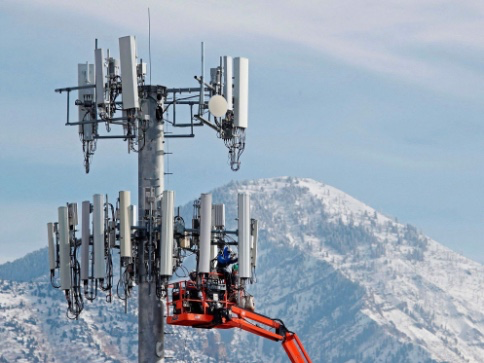- T-Mobile invests $2 billion to complete its multi-year 5G network expansion in Florida. T‑Mobile
- The project enhances coverage for 22 million residents, boosting speed and disaster resilience
What happened:Network Expansion Completed
T-Mobile has officially completed a multi‑year, $2 billion network expansion in Florida, marking a significant milestone in its 5G rollout across the U.S. state. The upgrades were announced on July 2, 2025, and aimed to deliver ultra‑fast 5G speeds and improved connectivity to 22 million residents. The investment targets both urban centers and rural areas, and T-Mobile highlighted that the enhanced network also supports stronger disaster response systems — especially crucial in hurricane‑prone regions of Florida.
The company communicated through an official press release that these upgrades are now fully deployed, offering consistent statewide coverage on compatible devices . This marks the completion of a long‑term strategy to close digital coverage gaps and reinforce the telecom infrastructure when natural disasters strike.
Also Read: Telefónica finalizes $1.2B sale to Telecom Argentina
Also Read: Taiwan’s first dedicated satellite
Why it’s important
This upgrade positions T-Mobile as a major telecom force in Florida, where network reliability is more than a convenience—it’s a critical service. The improved infrastructure enables faster data transfers, lower latency, and better call quality across densely populated metro areas and remote towns alike. In a state as weather-sensitive as Florida, uninterrupted service during emergencies can mean the difference between safety and crisis.
From a market perspective, T-Mobile’s $2 billion move intensifies the competition with Verizon and AT&T, both of which are racing to dominate the U.S. 5G market. T-Mobile’s mid-band spectrum strategy offers a balance between speed and range, allowing it to capture more customers who demand high-performance mobile access without relying solely on mmWave deployments.
Moreover, the expansion supports long-term digital equity goals. The broader network will benefit public services, remote workers, and IoT systems across multiple industries. It’s also a signal to federal and local governments that aggressive telecom investment can yield immediate returns in connectivity, accessibility, and disaster resilience.

